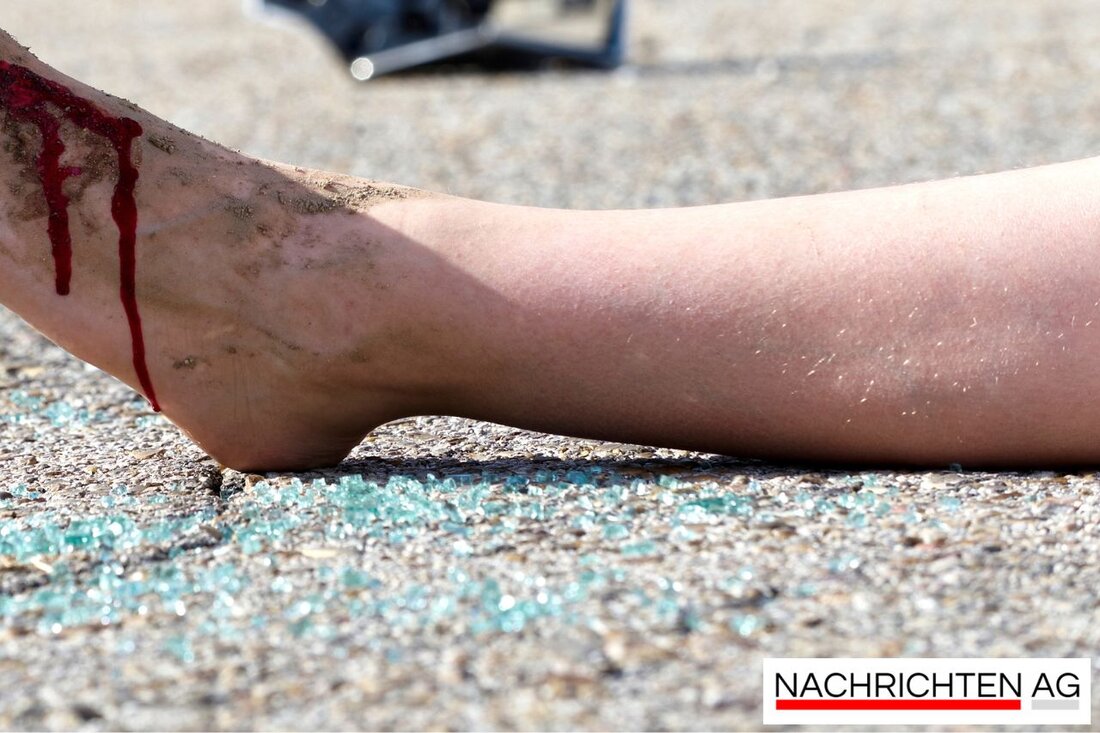Bremen's delegation explores Vienna's model for sustainable housing construction
Delegation from Bremen will explore solutions for social housing and sustainable mobility in Vienna on July 14, 2025.

Bremen's delegation explores Vienna's model for sustainable housing construction
On this sunny day, July 14, 2025, a delegation from the Deputation for Mobility, Construction and Urban Development from Bremen found its way to Vienna. The focus of this specialist trip is on researching innovative concepts for social housing, modern urban development and sustainable mobility. The exchange with the experts from the City of Vienna, who discuss the challenges and possible solutions in social housing, is particularly exciting.
The Seestadt Aspern and the Sonnwendviertel receive particular attention. Both areas are known for their innovative approaches that were developed as part of the International Building Exhibition. The aim is to integrate the valuable findings from Vienna into future planning in Bremen - especially with regard to affordable housing and sustainable district development, which also includes the mobility transition, reports Bremen Senate Press Office.
A look at the lakeside town of Aspern
The Seestadt Aspern can be seen as a model example of sustainable urban development in Europe. This development has been driven forward since 2010 and aims to sustainably change mobility patterns. By establishing a subway connection before housing is built, a planning requirement for a mix of uses and sustainable mobility becomes clear. This is one of the many findings covered in Jeremias Jobst's urban sociological study, which, among other things, examines the impact of emissions reductions on changing mobility needs, explains the platform The future.
The Seestadt offers space for around 20,000 residents and jobs. This strong integration of living and working areas is part of a larger strategy of the city of Vienna, which aims at resource-saving urbanization. The focus is also on integrated neighborhood developments and innovative mobility offerings. Cycling and walking paths as well as connections to local public transport were included in the planning at an early stage.
Challenges and opportunities
However, the increasing demand for mobility also has its downsides. A lack of jobs in the area leads to increased commuting and the use of private motorized transport. It is therefore important to further expand infrastructure and social offerings in order to counteract these challenges. A small ray of hope is the survey among residents, which shows that 88% have an annual public transport pass and 81.6% use their bicycles regularly. But despite these positive figures, 53.3% of those surveyed complain that they miss leisure activities, such as a swimming pool or cinema.
In this context, the importance of socially sustainable urban development is also highlighted. In its analyses, vhw research emphasizes how important it is to view neighborhoods as places with great social potential. This neighborhood approach is now also attracting the interest of municipalities, investors and the housing industry. In this sense, exchange between cities is crucial in order to further advance the social and sustainable aspects of urban development and create synergies. Further information can be found on the website vhw.
Overall, it is clear that both cities – Bremen and Vienna – can learn from each other through their travels and discussions. The findings from Vienna, particularly on affordable housing development and sustainable mobility, could significantly help Bremen to develop further in these areas. The anticipation for the upcoming measures and the exchange remains high.

 Suche
Suche
 Mein Konto
Mein Konto